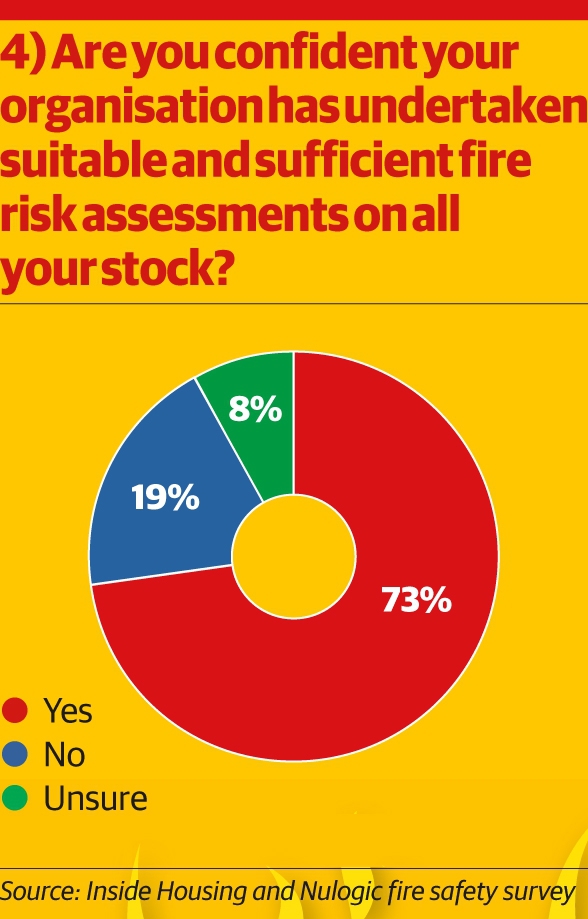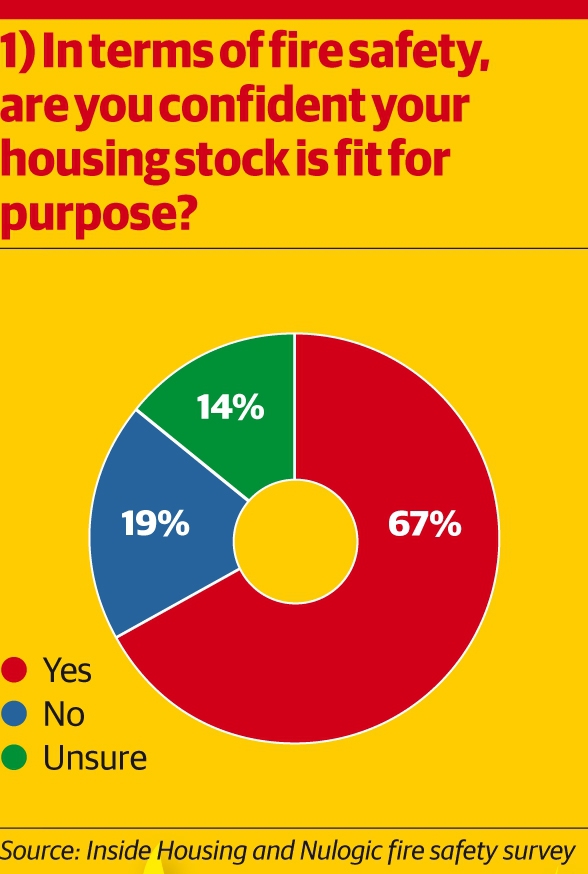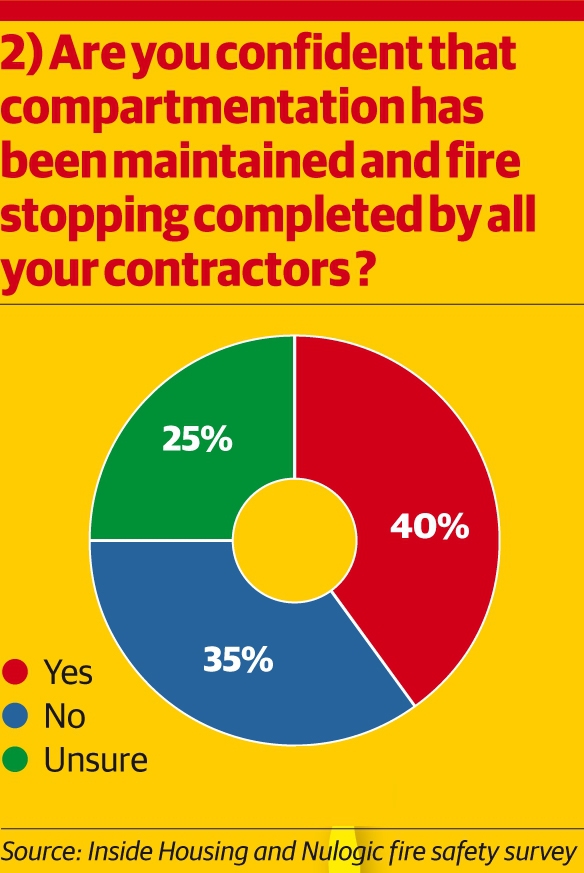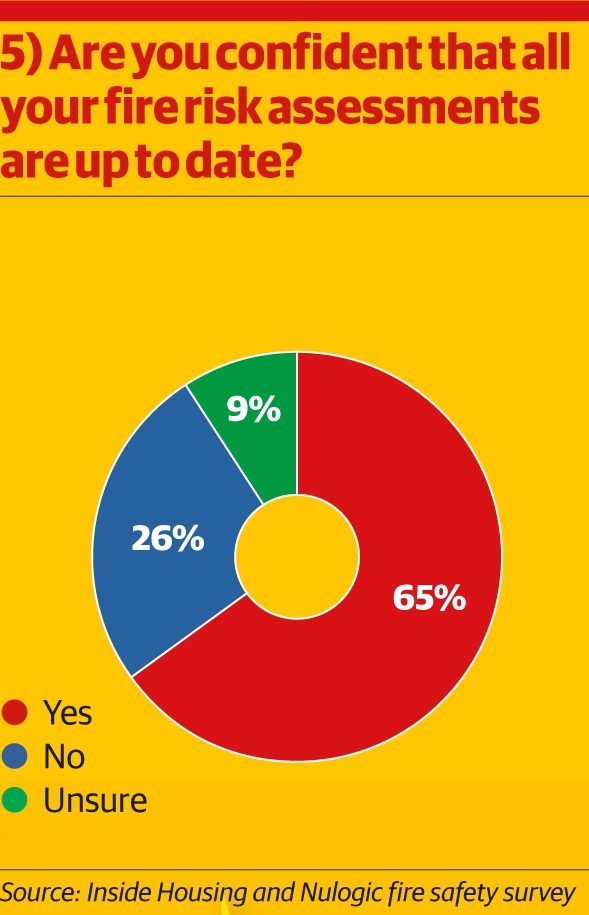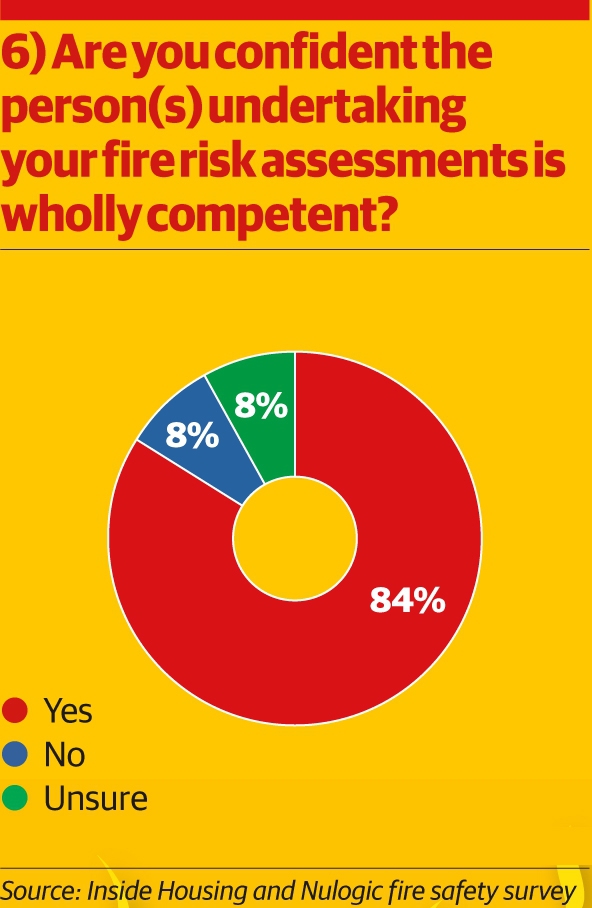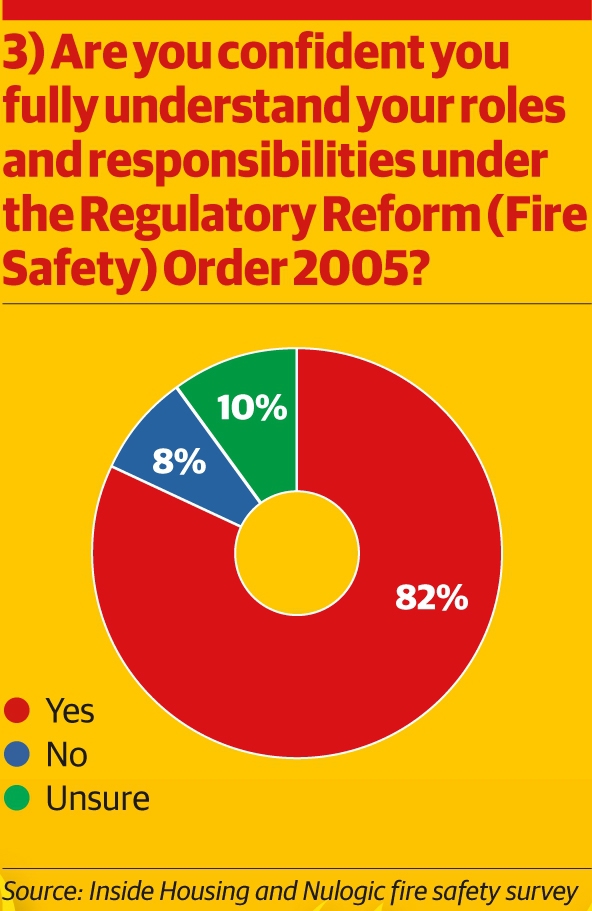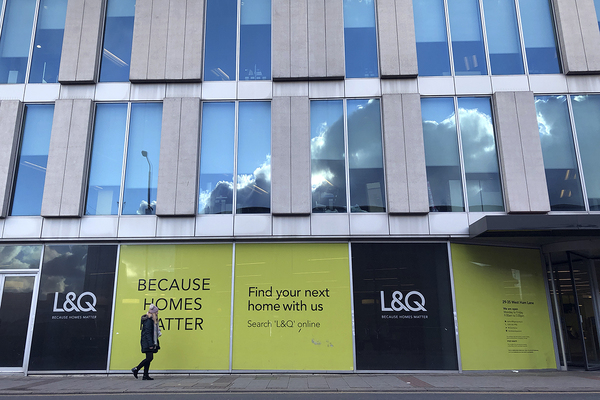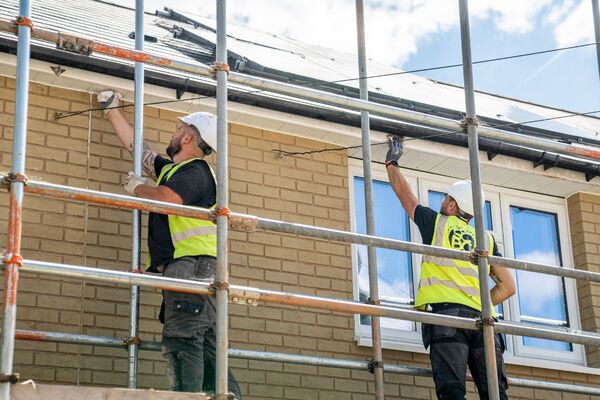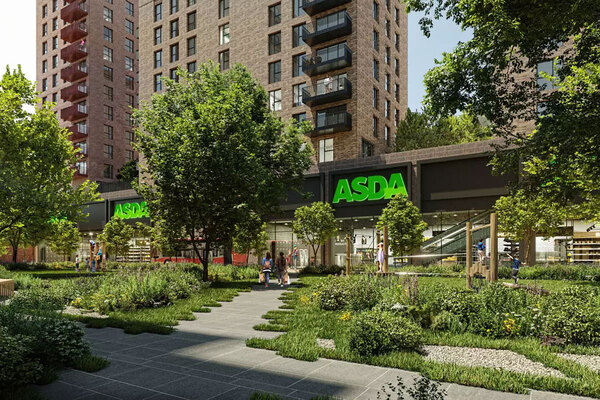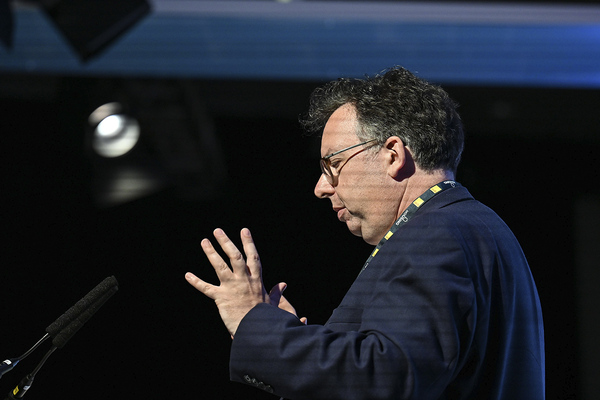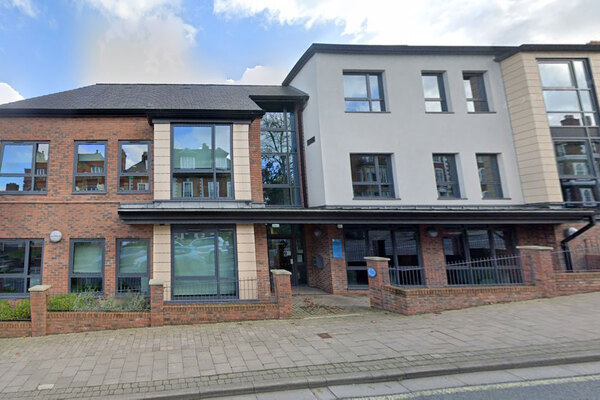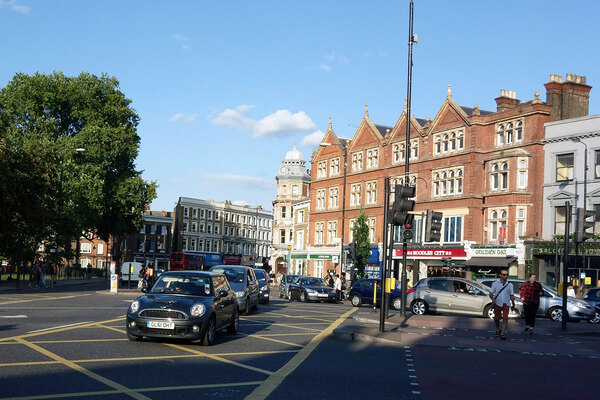Extinguishing fear
The deaths of six people in a tower block blaze in July 2009 prompted social landlords to review the safety of their homes. Four years later, how confident are they that tenants would be safe in the event of a fire? Inside Housing and Nulogic conducted an exclusive survey to find out. Martin Hilditch reports
A worrying gap in fire safety across the social housing sector was exposed following the deaths of six people in the Lakanal House high-rise fire in north London, 2009.
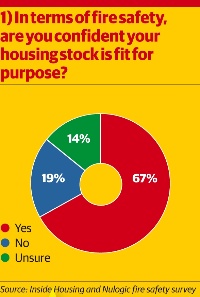
A series of freedom of information requests by Inside Housing in the months after the tragedy revealed that one in five councils stepped up fire safety work on tower blocks following the fatal blaze.
Most worryingly, a survey of social landlords by the Chartered Institute of Housing in seminars it conducted after Lakanal, found three-quarters of those questioned did not believe they had conducted adequate fire risk assessments of their stock. Quite simply, many landlords had no idea whether their residents would be adequately protected in the event of a fire.
Today an exclusive survey, conducted by Inside Housing and fire risk assessment provider Nulogic over the past couple of months, sheds new light on just how safe social housing is almost four years after the blaze. The responses, from 241 housing professionals, show that while progress does appear to have been made there are still some frightening gaps in knowledge.
Assessing risk
So how do providers rate their own knowledge when it comes to fire safety? What gaps remain? And just how safe are the UK’s social homes?

There is no denying that improvements have been made. Whereas three-quarters of respondents in the CIH’s seminar research - conducted in 2010 and published in 2011 - did not think they had conducted adequate fire risk assessments of their stock, 73 per cent of the respondents to the latest survey think they have.
This still leaves more than a quarter of respondents - 27 per cent - who do not think their organisation has undertaken suitable and sufficient fire risk assessments (19 per cent) or are unsure if it has (8 per cent).
Social landlords are even less confident that all their fire risk assessments are up to date. A full quarter think they are not, with a further 9 per cent unsure.
Again, most respondents - 67 per cent - are confident their stock is fit for purpose in terms of fire safety. But this still means that almost one in five are not confident - 19 per cent - and a further 14 per cent are unsure.
The survey also asked providers if they are confident that compartmentation - where individual flats are treated as compartments that can contain a fire for an hour - has been maintained and fire stopping completed by contractors working to refurbish and improve their stock.

This produced the most concerning results of all - just 40 per cent of the 233 people who answered this question are confident of this. More than a third - 35 per cent - are not confident and a further quarter are unsure.
Stay-put policies
Confidence in compartmentation is vital because many landlords and fire services operate a ‘stay-put’ policy for residents living in tower blocks whose apartments are not directly affected by any fire that breaks out. This is based on the theory that if the fire does not spread quickly it is safer for them to remain in thexir flats rather than evacuate as this could slow
down firefighters or put residents in danger if they evacuate past a blaze.
The vast majority of landlords, however - 82 per cent - say they understand their legal responsibilities under the Regulatory Reform (Fire Safety) Order 2005.
Dave Curry, deputy chief fire officer at Hampshire Fire and Rescue Service, says he is encouraged that most landlords say they understand their roles and responsibilities and that the fire and rescue service has ‘worked extremely hard’ with them to achieve this.
But he says that, despite the high-profile Lakanal fire and the recently concluded inquest into the blaze, it is surprising to learn that not all landlords are up to speed.

‘One in five [landlords] do not believe that they have proper fire risk assessments in place - that is really concerning,’ he states. ‘I will make sure that those findings are shared with fire services across the country.’
The lack of confidence in compartmentation is also a concern, he adds.
‘They [the fire service and residents] at the moment are relying on a stay-put policy. The whole approach is reliant on those compartments being secure and the fire safety in the building operating correctly in the event of a fire.’
The survey suggests that the fire service must ‘reinforce’ the understanding of the consequences of maintenance engineers or other contractors failing to properly maintain fire stopping when carrying out their work, Mr Curry states.
If residents do not know whether they should stay in their home or evacuate in the event of a fire elsewhere in their building ‘they should check with the local fire service or their landlord’, he adds.
Philip Cunningham, managing director of Nulogic, agrees that compartmentation is a real concern.

‘Decent homes [landlords have spent hundreds of millions of pounds to refurbish homes over the past decade] has done a great deal to improve the quality of people’s homes, but must not be allowed to compromise fire safety,’ he states. ‘Landlords need a plan to carry out suitable and sufficient assessment of any risk associated with possible breaches of compartmentation.’
Mike Wilkins, chief executive of 206-home Ducane Housing Association, has just completed a major modernisation programme of 156 homes.
Expert opinion
As part of that work his organisation commissioned a fire risk assessment externally because it views it as a ‘completely specialised area’ which, as a small landlord, it did not have an in-house team to deal with.
‘We needed to get an up-to-date and experienced view about what we should do,’ he states.
When asked if landlords in the survey who indicated they do not think they have suitable risk assessments in place should do likewise, Mr Wilkins answers with a simple: ‘Duh, yes!’
‘Everybody ought to do it and everybody ought to get on with it pretty quickly,’ he states. ‘If yours [risk assessment] is a number of years out of date or you are a bit unsure then get a view from somebody who knows what they are doing. Obviously it is important.’

When it comes to compartmentation Mr Wilkins feels, however, that the Lakanal blaze raised a number of questions which are still causing confusion for some landlords.
‘What I think is really, really significant about Lakanal is the confusion about ‘stay in place’ versus ‘get out and stay out’,’ he adds. ‘That is one of the key things. It is about being very clear to residents about what they need to do.’
Jan Taranczuk, vice chair of the CIH’s London regional board, who also acts as an advisor to Nulogic, says risk assessment is the key for social landlords rather than a ‘knee-jerk reaction where everyone runs around plugging every hole they can find’.
‘The concern [resulting from the survey] is that where there remain gaps in knowledge about assessing what is wrong,’ he states.
‘If you are doing this as a school report it is a case of “made good progress but there is still much to do”.’
Act now
Mr Taranczuk says he is still being approached by landlords who say they do not think their fire risk assessments are up to date. One senior housing figure approached him recently and said that because his organisation had carried out fire risk assessments on its blocks previously it did not need to update them.
His response, he states, was simple.
‘I said to him, “just say that again and pretend that you are standing at an inquest in the witness box”.’
Given the findings of the latest survey this is advice that a few other social landlords might want to bear in mind.
Regulatory Reform (Fire Safety) Order 2005: in brief
The Regulatory Reform (Fire Safety) Order 2005 places certain responsibilities on social landlords (and employers in general). It states that a ‘responsible person’ - either the employer or ‘person in control’ of the premises concerned - must take certain actions to ensure the fire safety of the parts of buildings for which they are responsible, for example communal areas in tower blocks.
The responsible person must conduct a ‘suitable and sufficient’ assessment of the risks that people living or working in the buildings they are responsible for are exposed. Fire risk assessments must be kept up to date.
If it is impossible to eliminate risk the responsible person must take steps to control it or mitigate the ‘detrimental effects’ of a fire.
